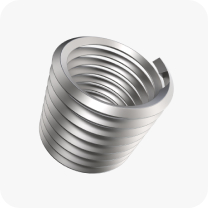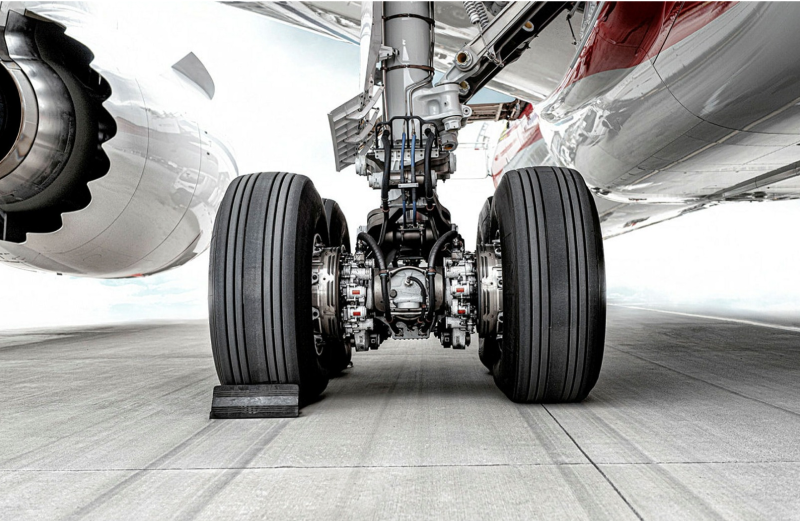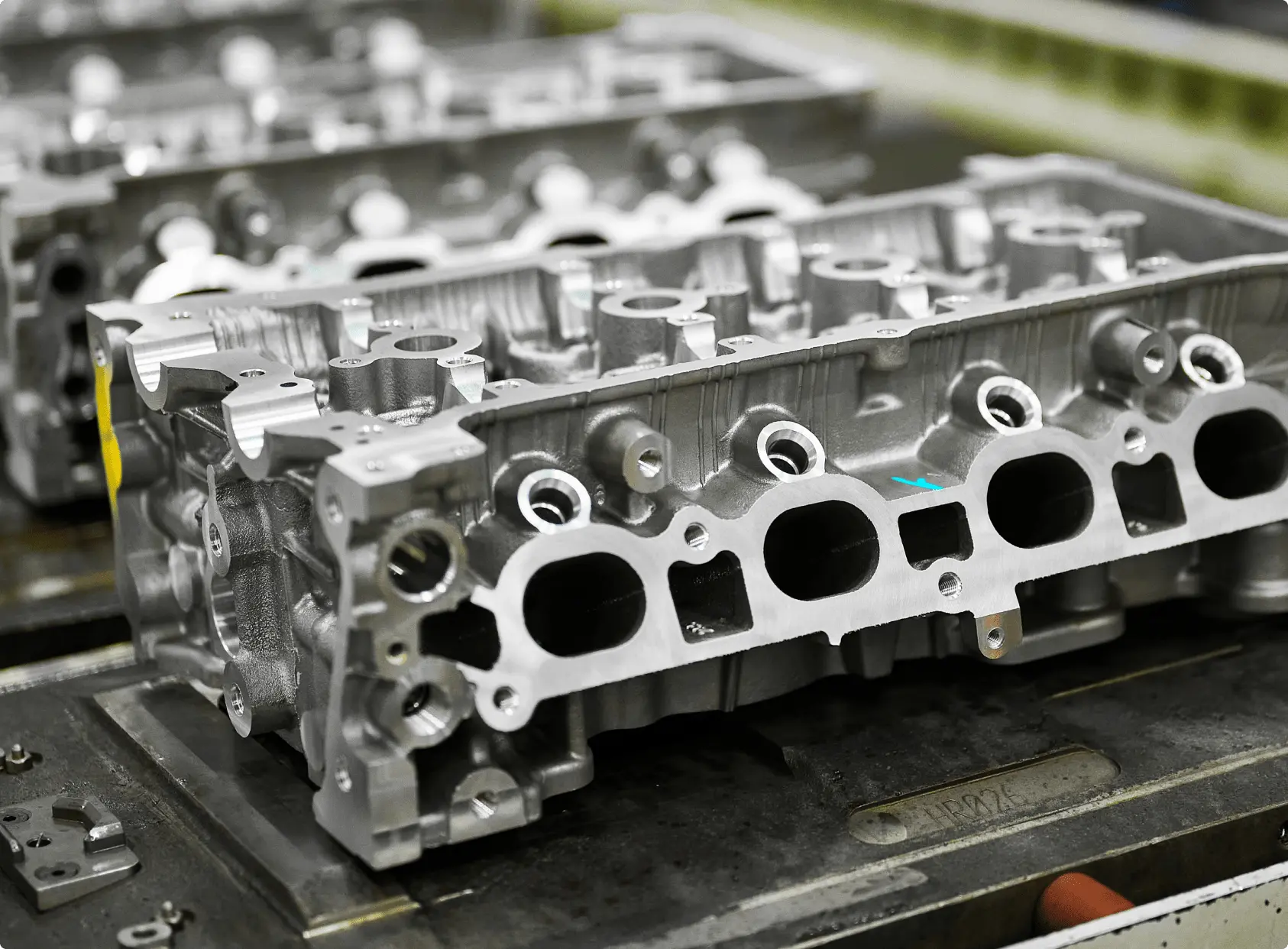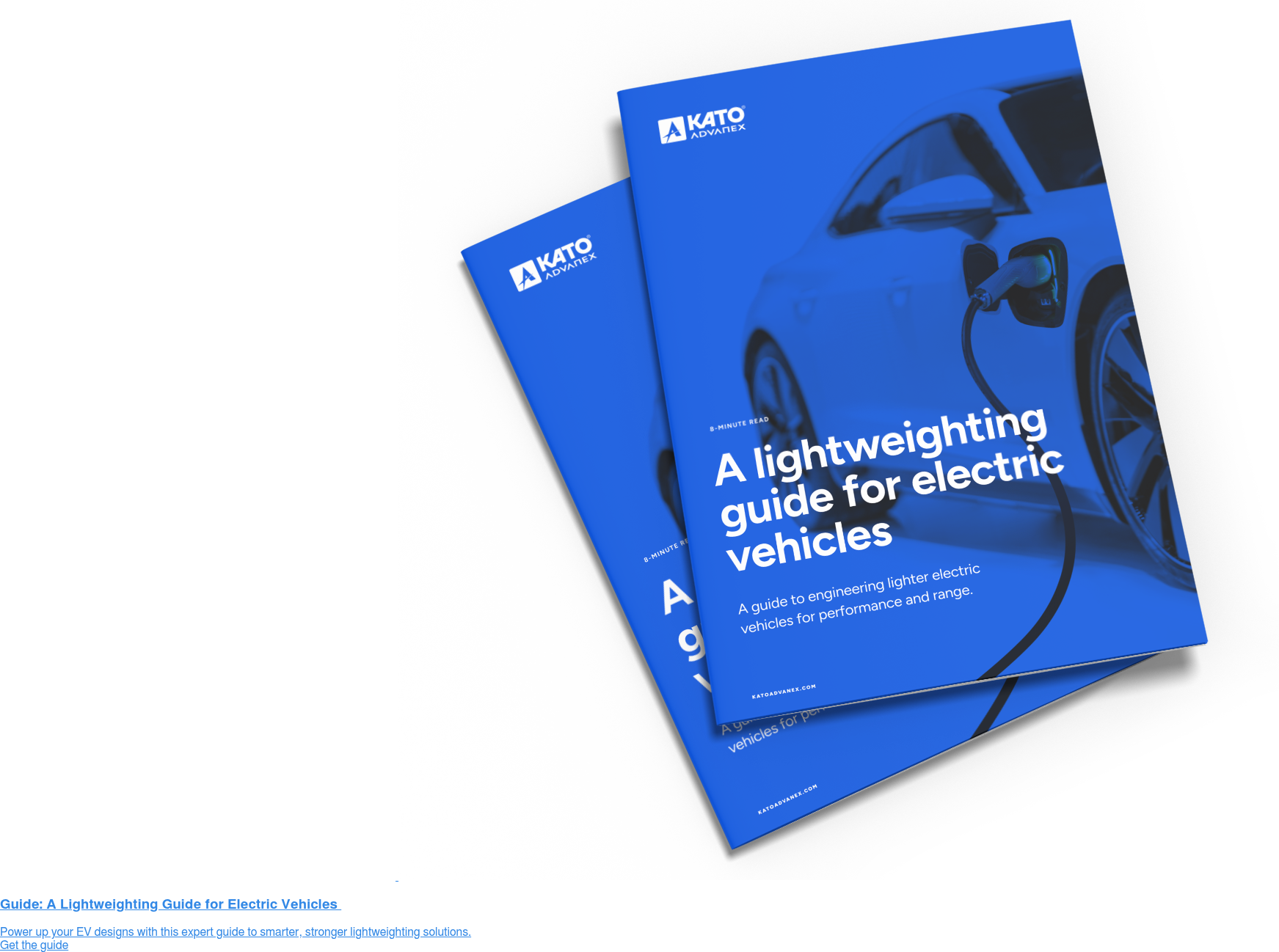Electric vehicles (EVs) engineers are tasked with creating designs that maximise power efficiency to extend their driving range. One critical focus area is lightweighting, a strategy essential for enhancing EV range and reducing energy consumption.
A key enabler in this process is the use of light alloys such as aluminium and magnesium in mechanical joints. However, the use of these alloys in joining applications bring a number of challenges that need to be solved through innovative solutions.
This article explores these challenges and highlights how wire thread inserts provide a robust, lightweight and reliable joining solution in EV applications.
The unique joint challenges that come with lightweighting EVs
While traditional vehicles rely on lightweighting to improve fuel economy, EVs present unique demands to maximise driving range and limit the need for charging. This is also the case for mechanical joints that face slightly differing challenges than their internal combustion engine (ICE) counterparts.
- Thermal management - EV components, such as power electronics and battery packs, generate heat in localised areas that differ to ICE vehicles. This necessitates joints that can withstand thermal cycling and expansion in areas that don’t need to in standard ICE designs.
- Dynamic loads and vibrations - Electric drivetrains produce unique, high-frequency vibration patterns that can be more intense to joints than ICE designs, requiring joints to exhibit high resistance to loosening and fatigue.
Lightweight alloys - are they a solution or a path to further complications?
To meet the demands of lightweighting, light alloys such as aluminium and magnesium have become indispensable in EV design. They provide high strength relative to their weight, making them ideal for structural components in EVs. This allows for significant weight reduction while maintaining mechanical integrity. Magnesium and aluminium alloys also exhibit good thermal conductivity, which is crucial for managing heat in components such as battery packs and electric motors.
However, despite their advantages, light alloys introduce their own set of challenges when it comes to EV mechanical joints.
- Vibration fatigue: Light alloys in EV applications are particularly susceptible to loosening and fatigue caused by the unique vibrations of electric drivetrains, which differ from those in ICE vehicles.
- Thermal expansion and cycling: The high thermal expansion rates of light alloys can cause joint loosening and fatigue under localized heat from EV components like batteries and power electronics.
- Localised stress concentration: The inherent softness of light alloys can lead to stress being unevenly distributed around fasteners, increasing the risk of deformation, cracking or joint failure under repeated loads.
Why wire thread inserts are the perfect solution for EV joining applications
The challenges of EV joints highlights the need for innovative solutions that enhance the durability and reliability of light alloy joints without compromising their weight-saving benefits. This is where wire thread inserts come in as engineered solutions designed to enhance the strength, reliability and longevity of joints in light metal assemblies.Enhanced joint strength to bring weight savings
Light alloys such as aluminium and magnesium are prone to thread stripping and wear under repeated stress. Wire thread inserts distribute load evenly across the joint, enhancing tensile and shear strength while preventing localised stress concentrations. This enables the use of lighter parent materials by reinforcing the mechanical properties of joints, bringing weight savings that are critical for maximising EV range.
Thermal and vibration resistance for maximised efficiency
The helical coil design of wire thread inserts dissipates stress and resists loosening under thermal expansion or vibrational forces. This makes them ideal for EV applications such as battery enclosures and motor mounts where high-frequency vibrations are a constant challenge.
Driving innovation through lightweighting in electric vehicles
As electric vehicles continue to revolutionise the automotive industry, lightweighting remains a critical factor in enhancing efficiency and performance. While light alloys offer significant weight-saving advantages, their inherent challenges in mechanical joints demand innovative solutions. Wire thread inserts address these challenges by enhancing joint strength, resisting thermal expansion and vibration, and enabling the reliable integration of lightweight materials.
For a deeper understanding of how to optimise EV designs through lightweighting strategies and the effective use of light alloys, explore our comprehensive guide on electric vehicle lightweighting. It’s your key to unlocking the full potential of EV engineering.








.jpg?width=352&name=Shutterstock_37577614%20(1).jpg)
.jpg?width=352&name=Shutterstock_2382368291%20(1).jpg)
.jpg?width=352&name=EV%20Charging%20(2).jpg)
.jpg?width=352&name=Shutterstock_1609446301%20(1).jpg)
